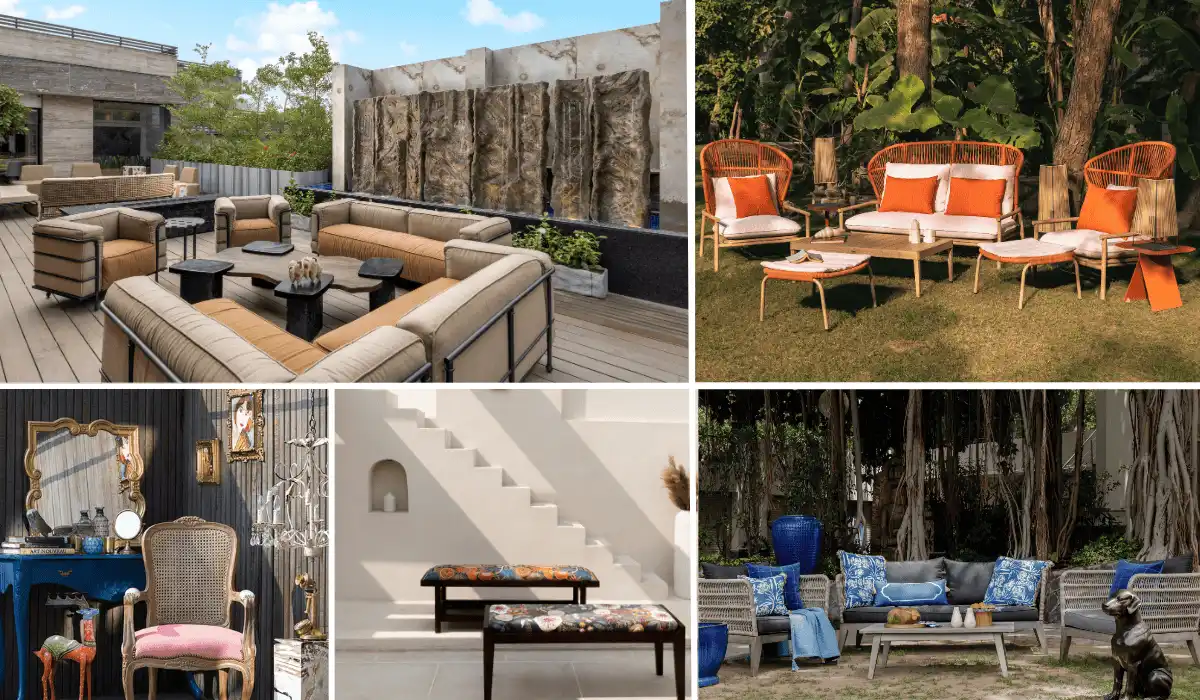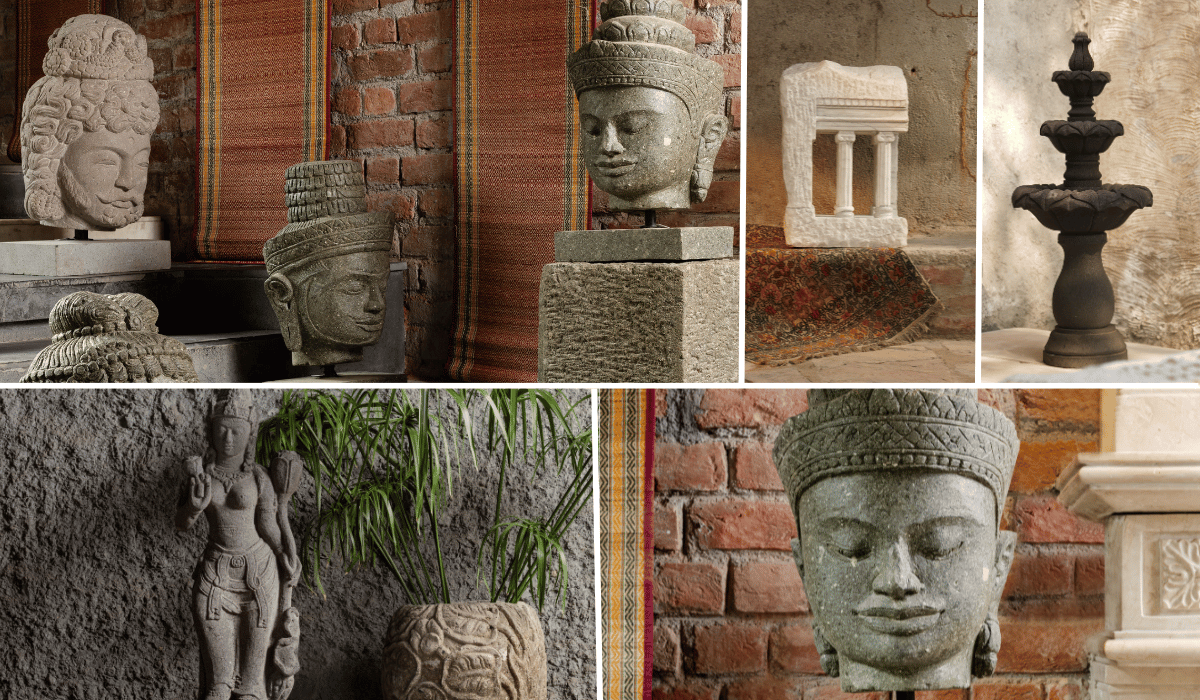GreenJams is tackling carbon footprints with agro-based building materials. At a time when the construction sector accounts for 45% of the global carbon emissions, it is unwise to still settle for unsustainable practices of construction. A brainchild of Tarun Jami, GreenJams has addressed this problem with a new product line in the construction segment which is both green and environmentally efficient. Visakhapatnam based GreenJams is a start-up providing sustainable solutions by revamping industrial by-products, crop residue and hemp stalks.
The cement industry alone is a top source of stringent carbon emissions and the pressure to decarbonize cement production now is more than ever. GreenJams’ BINDR™ uses 100% recycled industrial waste and is a sustainable replacement for Ordinary Portland Cement. BINDR™ is a miracle material that combines with hemp to produce Hempbloc™ and crop residue to produce Agrocrete®. Both these building blocks are carbon negative and curb air pollution by preventing the ruthless burning of crop residue. They also have insulating properties that reduce the operational costs of a building. Tarun’s vision to create a carbon-negative environment is led by-products from GreenJams which may be among the top sustainable walling materials in the near future. He is also currently pursuing a PhD in civil engineering focussing on hemp concrete from AcSIR at CSIR-Central Building Research Institute (CSIR-CBRI), Roorkee.
What led to the beginning of GreenJams? What inspired you to experiment with crop residue as a core building material?
As a civil engineer, right from my undergraduate days, I was conscious of climate change and the role construction had to play in it. While it is called construction, in reality, it causes a lot of destruction and I was acutely aware of my role in it. Serendipitously, in 2013, as part of a college project, I had stumbled upon a material called Hempcrete. It caught my fancy for multiple reasons – it is carbon-negative, made of stalks of cannabis, and had amazing thermal insulation. I studied it academically until 2016, during which I also completed a Masters’ degree in Environmental Science.
In 2017, I had two options – choose a corporate career or pursue my passion. I chose the latter and established GreenJams with a vision to create a beautiful carbon-neutral built environment, and committed to bringing Hempcrete to the Indian construction industry. In 2019, after two years of hard work and deep scientific study, I created the world’s strongest Hempcrete. Soon, I had convinced my father to quit his job at Tata Projects Ltd. and join GreenJams. My younger brother, Varun, who is also the co-founder, found his calling in the company’s mission.
In late 2019, I was attending a meeting in Delhi when the air quality had gone beyond extremely severe. By the evening, I was severely impacted by the poor air quality and almost crashed my car because of it. Upon returning home to Roorkee I researched the issue and found that 44% of the particulate matter in Delhi’s poor air is because of paddy straw burning. I went back to the drawing board and used paddy straw to come up with a building material similar to Hempcrete. In the process, I ended up creating an amazing load-bearing material that was significantly better than Hempcrete.

Can you shed some light on Hempbloc™, Agrocrete®, and BINDR™? How would you explain these materials and their carbon neutrality to a layman?
BINDR™ is a clinker-free 100% up-cycled low carbon replacement of Portland cement made from industrial by-products of steel, paper, and power industries. It is used for masonry mortar and plastering.
Hempbloc™ is a carbon-negative building material made from the stalks of the cannabis plant and BINDR™. It is a non-load-bearing material used for non-structural walls and insulation.
Agrocrete® is a carbon-negative building material made from crop residues like paddy straw, bagasse, corn stalks, and BINDR™. It is available in three forms: solid blocks, hollow blocks, and pre-mix plaster. Solid blocks are load-bearing and replace clay bricks, fly ash bricks, and concrete blocks. Hollow blocks replace AAC blocks and others for non-structural walls and offer high thermal insulation.

Can you explain your business model of decentralized production with licensed technology? Is this a step to further reduce the embodied energy?
Bricks and blocks shouldn’t travel long distances (should be less than 250km) for two reasons, namely, cost efficiency and sustainability, which in turn impact the embodied energy and embodied carbon. Therefore, it is imperative that the manufacturing has to be de-centralized satisfying local demand. It is impractical for one entity to establish hundreds of manufacturing facilities across India and operate them, because of the heavy Capital Expenditures (CAPEX) and Operating Expenses (OPEX).
To overcome both these challenges of sustainability and capital inefficiency, we have developed a franchising model where we supply the key component, BINDR™ to the franchisees and they manufacture Agrocrete® blocks. We develop the market for the blocks, provide technical support and maintain quality checks, in exchange for a royalty on sales.
Do you feel opinions towards waste as a raw material are changing in the industry?
Indians have always treated waste with care. Culturally, we have always been slow to waste. That’s probably why we find so many waste-to-wealth initiatives in our country. “Waste” has always been a resource for us and it will continue to be so.


“Waste” has always been a resource for us [Indians] and it will continue to be so.
Has the restricted supply of cannabis been damaging the commercials and economic viability of your products?
We have one cannabis-based product, Hempbloc™. Yes, the limited supply of raw materials does make the product unviable in the prevailing market conditions. It is 3-5 times more expensive than conventional building materials, making it difficult to find a market.
Affordable housing has been a major crisis in our country. Do you think products from GreenJams can contribute to affordable construction?
Absolutely. Good quality building materials are still very expensive in our country, which makes construction unaffordable. Furthermore, conventional materials are not thermally insulating. Even if construction costs could be reduced, operational costs would still remain high. Our products are able to reduce the cost of construction while retaining the best-in-class quality and providing much higher thermal insulation. Through Agrocrete® and BINDR™ we are able to drive lower construction costs and operational costs. We can lower construction costs by up to 50% and improve building energy efficiency by 25%.
While it is called construction, in reality it causes a lot of destruction and I was acutely aware of my role in it.


What are your future trajectories and how do you envision GreenJams shaping in the near future? How long will it take for these hemp and agro-based blocks to replace everyday construction materials?
This financial year our target is to cover 100,000 sq. ft. of built-up area with Agrocrete®. We will also be establishing a new manufacturing facility with a capacity of producing 3000 blocks per day. In 2022-23, we are looking to add at least 6-8 franchisees to our manufacturing network. In the next 5 years, our manufacturing network will have at least 50 franchises across the geography of India. We also have our sights set on expanding our manufacturing network to international markets. Hempbloc™ will take significantly longer because of the low scale of current hemp cultivation. Agrocrete®, however, will get adopted much faster than Hempcrete because of the great cost-benefit and value creation.
Having said that, I don’t think Agrocrete® or Hempbloc™ will completely replace current construction materials. Despite being around for more than 40 years now, fly ash bricks haven’t been successful at eliminating clay bricks. But we do believe Agrocrete® will take a sizeable chunk of the market in the next 10 years.
Lastly, what is the role of the construction fraternity in driving climate change?
Buildings contribute to almost 45% of global carbon emissions because of the space conditioning requirements and the manufacturing of building materials. Just by virtue of the climate change caused by the construction industry, conservatively, India could lose almost 10,000 sq. km. of landmass to the rising sea levels by 2100, creating millions of ‘climate refugees.’
GreenJams
Website: www.greenjams.org
E-mail: hello@greenjams.org
Contact: 9591170791
Biltrax Construction Data is tracking 17000+ projects on its technology platform for its Clients. Email contact@biltrax.com to subscribe and generate business leads.
Discover more from Biltrax Media, A Biltrax Group venture
Subscribe to get the latest posts sent to your email.




























